6th Marine Division on Okinawa est un film américain de genre Guerre
6th Marine Division on Okinawa (1945)
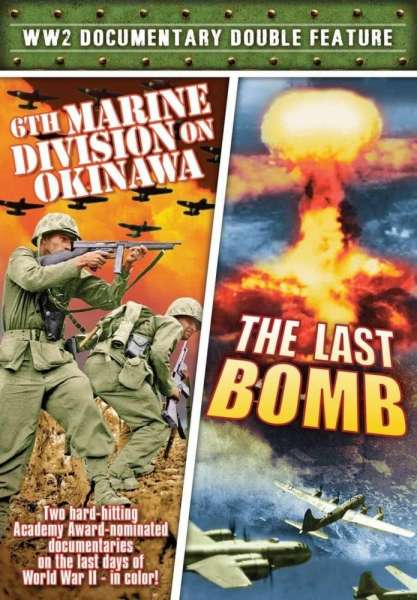
Si vous aimez ce film, faites-le savoir !
Durée 47minutes
OrigineEtats-Unis
Themes Documentaire sur la guerre, Documentaire historique, Politique, Documentaire sur la Seconde Guerre mondiale
Note64%










The 6th Marine Division on Okinawa is a 1945 Kodachrome color documentary film produced about the action of the 6th Division during the Battle of Okinawa. The film was released shortly after the event.
The film begins by outlining the strategic and psychological importance of Okinawa, including its use as a supply base for Japanese forces in Malaya, the Marianas and the Philippines, as well as a "choke hold" over China. It also informs the audience that Okinawa is an actual part of the Japanese homeland, only a few hundred miles south of Kyushu.
[...]Voir plus...
Commentaires
Postez un commentaire :
Suggestions de films similaires à 6th Marine Division on Okinawa
Il y a 12864 ayant les mêmes genres cinématographiques (dont 325 ayant exactement les mêmes 2 genres que 6th Marine Division on Okinawa), 8197 films qui ont les mêmes thèmes (dont 442 films qui ont les mêmes 4 thèmes que 6th Marine Division on Okinawa), pour avoir au final 70 suggestions de films similaires.Si vous avez aimé 6th Marine Division on Okinawa, vous aimerez sûrement les films similaires suivants :

The Negro Soldier (1944)
, 43minutesRéalisé par Stuart Heisler
Origine Etats-Unis
Genres Drame, Guerre, Documentaire
Thèmes Documentaire sur la guerre, Documentaire historique, Politique, Documentaire sur la Seconde Guerre mondiale
Note60%





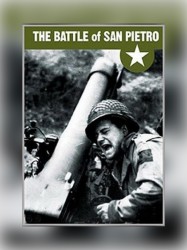
La Bataille de San Pietro (1945)
, 31minutesRéalisé par John Huston
Origine Etats-Unis
Genres Guerre, Documentaire
Thèmes Documentaire sur la guerre, Documentaire historique, Politique, Documentaire sur la Seconde Guerre mondiale
Acteurs John Huston
Note65%





Chronique de la bataille livrée dans San Pietro et réflexion sur les horreurs de la guerre et le prix de la liberté reconquise.
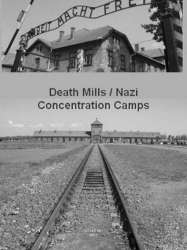
Death Mills (1945)
, 22minutesRéalisé par Billy Wilder
Origine Etats-Unis
Genres Guerre, Documentaire
Thèmes Le racisme, Religion, Documentaire sur la discrimination, Documentaire sur le droit, Documentaire sur la guerre, Documentaire historique, Documentaire sur une personnalité, Documentaire sur la religion, Politique, Religion juive, Documentaire sur la Seconde Guerre mondiale
Note74%





Le film fut à l’origine tourné avec une bande son en allemand pour être projeté dans l’Allemagne et l’Autriche occupées. Il s’agit du premier documentaire montrant ce que les Alliés découvrirent lorsqu’ils libérèrent les camps d’extermination nazi : les survivants, les conditions de vie, et la preuve d’un génocide. Le film fait état des aspects économiques de l’opération des camps. Des membres du personnel de ceux-ci, faits prisonniers, y sont interrogés. Et l’on y voit la visite forcée des habitants de villes voisines qui, de même que leurs compatriotes, sont accusés de complicité dans les crimes nazi – c’est l’une des rares condamnations de cette sorte enregistrées dans les archives alliées de la Seconde Guerre mondiale.
[...]Voir plus...

The Atom Strikes! (1945)
, 31minutesOrigine Etats-Unis
Genres Guerre, Documentaire
Thèmes L'environnement, La mer, Transport, Aviation, Documentaire sur l'environnement, Documentaire sur la guerre, Documentaire historique, Documentaire sur le nucléaire, Documentaire sur les technologies, Politique, Documentaire sur la Seconde Guerre mondiale
Note58%






Appointment in Tokyo (1945)
, 56minutesOrigine Etats-Unis
Genres Guerre, Documentaire, Historique
Thèmes Documentaire sur la guerre, Documentaire historique, Politique, Documentaire sur la Seconde Guerre mondiale
Acteurs James Craig
Note65%






Action at Angaur (1945)
, 27minutesOrigine Etats-Unis
Genres Guerre, Documentaire
Thèmes Documentaire sur la guerre, Documentaire historique, Politique, Documentaire sur la Seconde Guerre mondiale

With the Marines at Tarawa (1944)
, 18minutesRéalisé par Louis Hayward, Richard Brooks
Origine Etats-Unis
Genres Guerre, Documentaire
Thèmes La mer, Politique, Transport, Documentaire sur la guerre, Documentaire historique, Politique, Documentaire sur la Seconde Guerre mondiale
Acteurs William Lundigan
Note69%






The Volunteer (1944)
, 45minutesRéalisé par Michael Powell, Emeric Pressburger
Origine Royaume-uni
Genres Drame, Guerre, Documentaire
Thèmes Politique, Transport, Aviation, Documentaire sur la guerre, Documentaire historique, Politique, Documentaire sur la Seconde Guerre mondiale
Acteurs Ralph Richardson, Michael Powell, Anna Neagle, Laurence Olivier, Herbert Wilcox, Anthony Asquith
Note59%





L'engagement de l'habilleur d'un acteur de théâtre britannique, qui devient un héros et reçoit la Distinguished Service Medal au Palais de Buckingham.
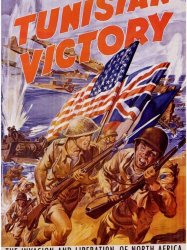
Tunisian Victory (1944)
, 1h15Réalisé par John Huston, Frank Capra, John Boulting, Roy Boulting, Hugh St Clair Stewart
Origine Royaume-uni
Genres Guerre, Documentaire
Thèmes Documentaire sur la guerre, Documentaire historique, Politique, Documentaire sur la Seconde Guerre mondiale
Acteurs Leo Genn, Burgess Meredith, Bernard Miles
Note65%





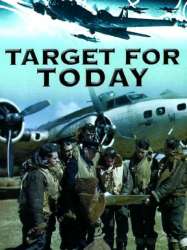
Target for Today (1944)
, 1h30Réalisé par William Keighley
Genres Guerre, Documentaire, Historique
Thèmes Transport, Aviation, Documentaire sur la guerre, Documentaire historique, Documentaire sur les technologies, Politique, Documentaire sur la Seconde Guerre mondiale, Forces armées des États-Unis
Note70%





 Connexion
Connexion